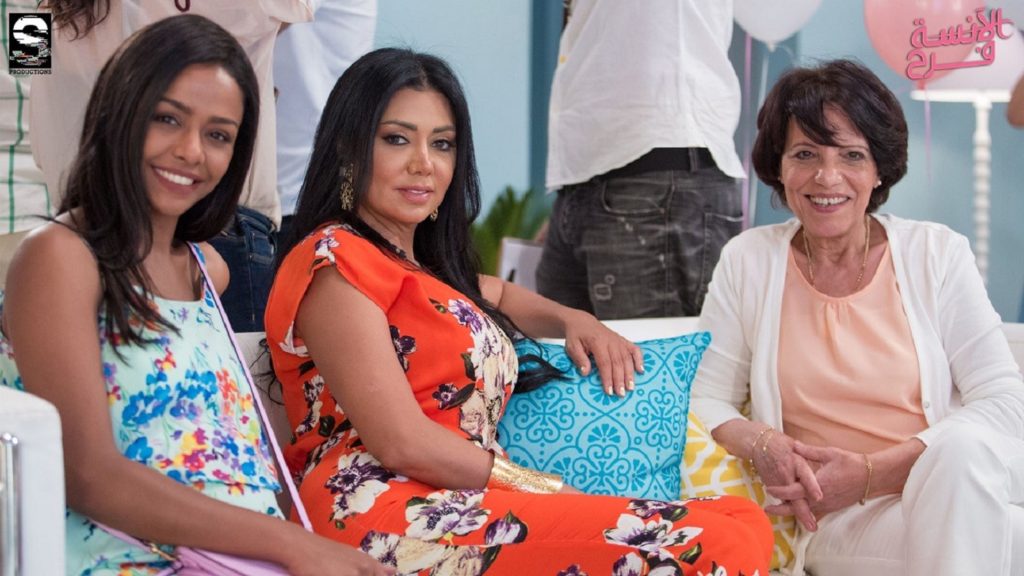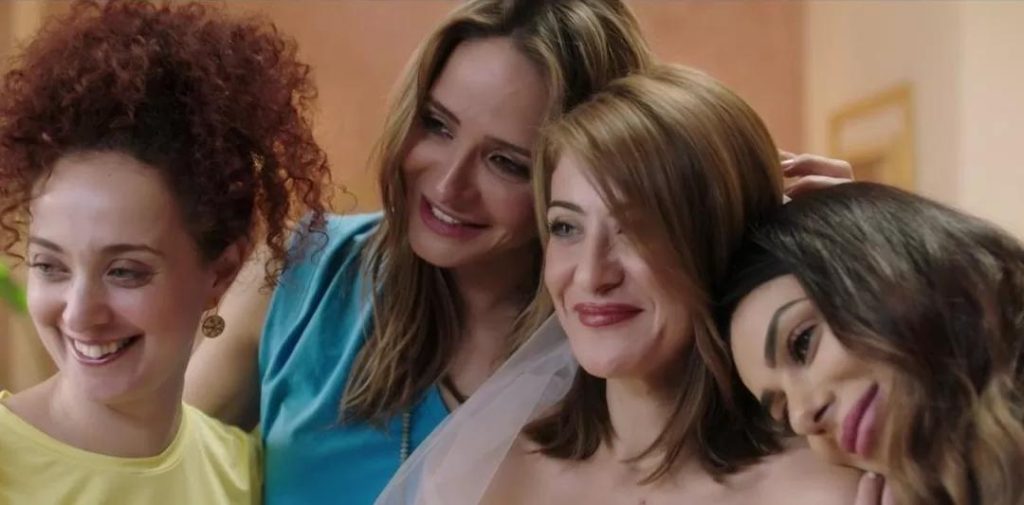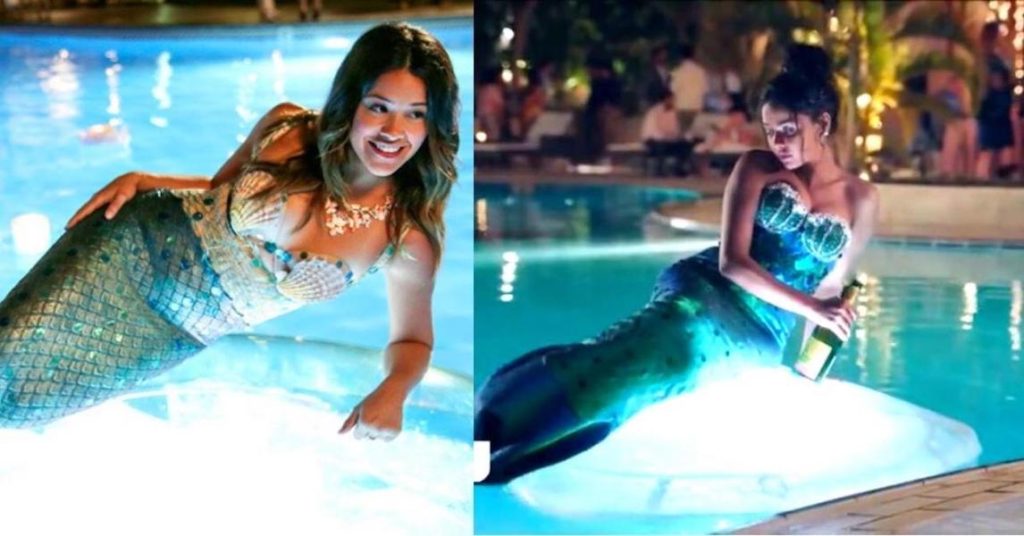It seems like every time you refresh your Netflix or Shahid account, a new show has dropped and every time you flip through the television channels, there is some ad about a new show set to premiere. With so much content constantly on the horizon, it is difficult to decipher which shows will truly resonate with its audience. In particular, the ones that are usually less focused on, women. As viewers, we don’t often see stories that are created for women. It is even less frequent to see stories that are created for women and are by women. A common theme in the stories that are marketed as for women, happens to share a related element besides being female-centric. That correlation is that storytelling often borrows from Western culture. Meaning that a lot of the past shows that have put women at the forefront of their stories have been a product of an adaptation.
This begs the question as to why the Middle Eastern society deems it necessary to adapt other stories in order to shed light on topics that we lack here. Especially when these stories are mainly told in a happy, filtered, everything is going to be okay mentality. Do women need that rose-colored glasses feeling in order to be comforted and seen? Even though some shows that were adapted are not even remotely related to what our culture represents.
To try to understand the philosophy behind these productions, here are some of these television shows that are foreign to us but somehow bring us comfort.
Jane the Virgin (el Anesah Farah)
To be clear, “El Anesah Farah” is far from a bad show, in fact, it is pretty decent. However, its main issue is that the plot point that sets everything in motion is far from anything that can happen in a Middle Eastern society. The idea that a girl getting accidentally artificially inseminated, leading her to get pregnant by a guy she’s never been with all while being a virgin, hence the title, is just not something that can happen in our community. Aside from the cultural aspect, when the show got its adaptation, it also lost a bit of charm and uniqueness.
For instance, in “Jane the Virgin,” Jane’s grandmother lived in Puerto Rico her entire life, leading her to speak very few words of English and being very fond of the Spanish language and heritage. The way in which Spanish was integrated into the show, not only made minorities feel seen, but it also cleverly used the language to elevate certain scenes; this is definitely one of the elements that “El Anesah Farah” lacks when it got made because it can easily be conveyed as one dimensional. Especially when it comes to the character of the grandma who isn’t as rich and well thought out unlike with the CW version.

Girlfriends’ Guide to Divorce (The 45 Rules of Divorce)
The Shahid adaptation, starring Injy el Mokkaddem; who plays Farida, a writer who writes guides for women on how to live their lives with her latest being a guide to divorce, following her own messy divorce. The show at times can be entertaining, but frankly, it is entertaining due to the trainwreck moments it entails. The characters make the most idiotic choices and are only alright if you suspend your disbelief and imagine that they are somewhere that is not remotely associated with Egypt.
Not only do scenes where Farida’s daughter drinks under her roof are meant for shock factor and to grab more viewership, but the show at the end also seems to come down to these types of moments without real substance. It doesn’t really focus on women’s issues or solve them in a realistic manner. Even the only character that is somewhat realistic and relatable is Farida’s friend and colleague, Nadya played by Nada Rahmy. Though her character is the most authentic, she is painted in a light that showcases her as constantly having a negative outlook on life or being a party pooper. This detail makes it seem that everything in the show has to be positive and pink or it’s simply not right.

We’re not saying that Egyptian shows cannot have Western ideas. They absolutely can, because Arabs get these ideas every day from other places so they’re not waiting for the “Jane the Virgin” adaptation to learn about artificial insemination or other thoughts. However, the issue lies in that when we adapt stories meant to shine the light on women, they do so with stories that aren’t ours. Why are we afraid to show a woman suffering, living through a few wars, or better, taking charge of her life? One of the most successful shows that were for women and created by women was “Bent Esmaha Zaat” (A Girl Named Zaat), a coming-of-age story that tracked Zaat (Nelly Karim) from a young age until she became a grandmother. Surprisingly, this show was criticized for being slow or lacking direction, but the whole point of it is that we followed Zaat through these important milestones. The great and the not-so-great.
Furthermore, adaptations altogether aren’t always a bad notion. With a show like “Chasing Life” (Halwet el Donia), it created an important conversation that needed to be had in regards to terminal diseases. It didn’t shy away from showing a woman suffering and it took a show that was at the crux of it, Western, and made it Arab enough to fit our society and to cater to the audience that watched it.

As a society, we need more shows that not only focus on women but focalize stories that we can relate to; that we can really see ourselves in without having to dig through the filters and the shock factors.



